It might be impossible to fully understand someone, but it might be possible to delve deeper into their life. Director Emmanuel Moonchil Park, who directed the documentary film “Comfort” (2002), explored layers upon layers of the late Kim Soon-ak, a victim of the Japanese military “Comfort Women,” through the film. She is brought back to life through the voices, animations, and music of the later generation of women.
Kim Soon-ak was referred to by countless names throughout her life: Kim Soon-ak, Kim Sun-ok, Walpae, Sadako, Deruko, Yoshiko, Matsudake, comfort woman, courtesan, madam of the brothel, housekeeper, mom, granny, mad dog, wino, gangster granny, and Ms. Soon-ak. As we can guess from her multiple names, her life was full of twists and turns we didn’t know or didn’t want to know about. The documentary “Comfort” remembers and reflects on the victim in a new, nonconventional way. Furthermore, the director’s attempt to deal with the Japanese military “Comfort Women” issue as the question of the moment evokes profound emotions and, at the same time, inspires hope for better attempts in the future. I had a conversation with director Emmanuel Moonchil Park, who always addresses “personal” and social issues through his documentary films.
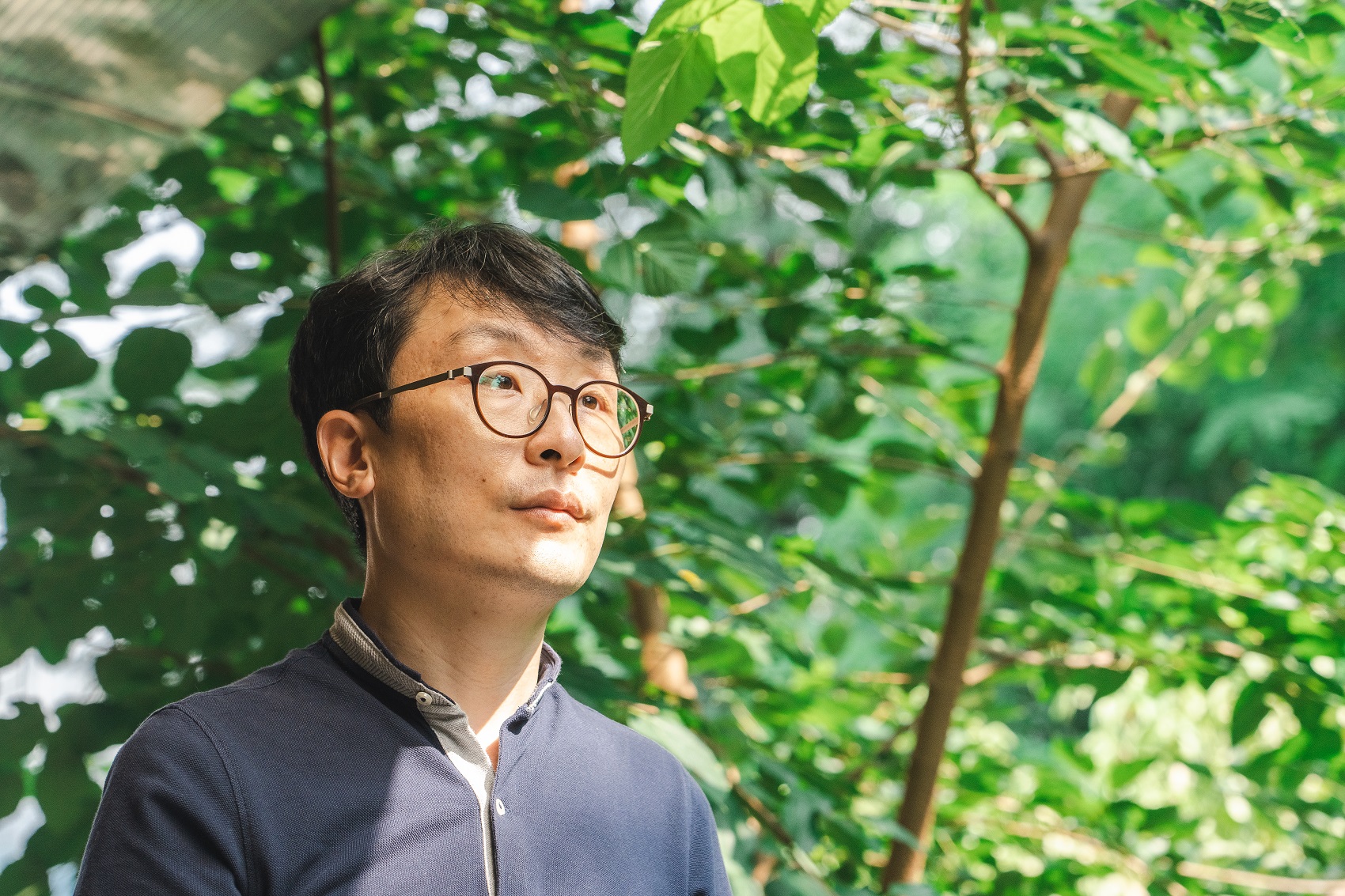
Q. It’s been a while since the film “Comfort” was released. How have you been?
I’m currently shooting the next film, which deals with the conflicts surrounding the construction of a mosque in Daegu.
Q. I heard you had felt pressured when you were offered a filmmaking project from the Daegu Citizen Forum for Halmuni. The project looked fairly difficult off the top of my head. What made you decide to “take it on”?
Initially, I felt burdened because there were already numerous remarkable works, and the subject of the Japanese military “Comfort Women” had been extensively covered. I was concerned about how to approach it differently to create something new. Reviewing related materials, however, I realized I could create a unique story. I thought that exploring the life of one individual in greater depth could lead to uncovering new stories and raising new questions.
Q. You must have examined a lot of related materials, including testimonies from the Japanese military “Comfort Women” victims before you started working on the film. I suppose the process itself was a learning experience. What have you learned or realized since then?
I used to look at the issue of “Comfort Women” as a single matter and grouped all the victims under the same category. However, upon closer examination, I became aware that each victim had a unique life, personality, character, and background. This awakening made me regret my previous perspective of seeing them only as “Comfort Women” without acknowledging their distinct personalities and lives.
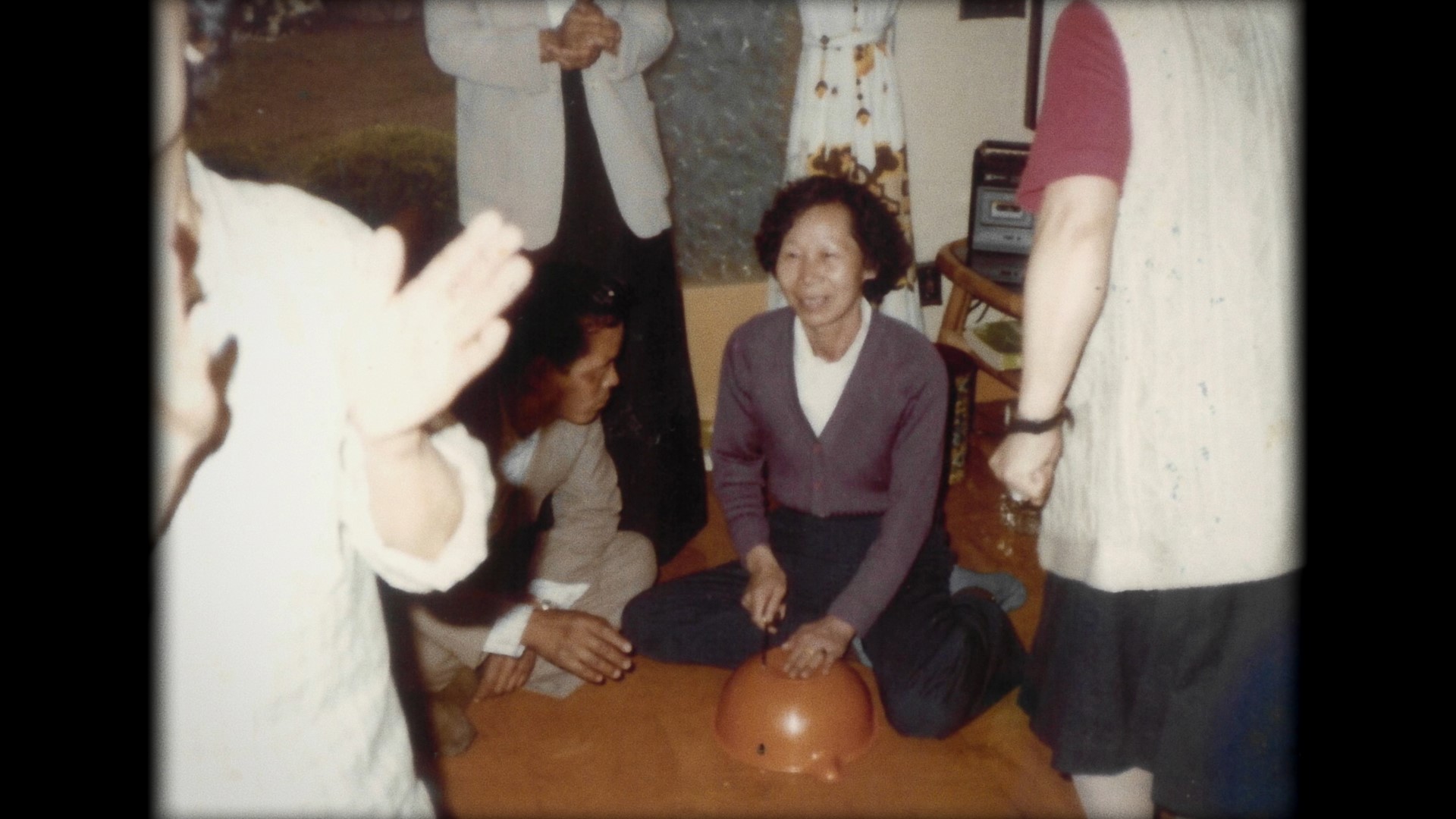
Q. You may have encountered multiple stories concerning the victims. What was the reason for selecting Kim Soon-ak’s life to document over others?
Based on surviving materials, photos, and videos, I could deduce that Kim Soon-ak was a spirited and dignified person. It was captivating to witness her smoking, squatting on her haunches. She exuded a certain charm. After reading a critical biography titled “‘Comfort Woman’ Kim Soon-ak: No One Knows My Heart,” a collection of testimonies, I thought it would be great to have her as the main character. Although I had heard a lot about her life in the “comfort station,” I had never thought about what her life was like after that. The five to six decades of her life prior to disclosing that she was a victim was heartbreaking and numerous aspects of it remained hidden. Prostitution and the US military camp town were also deeply ingrained in her life.
I got the impression that her life after being victimized as a “Comfort Woman” was a series of ongoing battles. She endured various incidents where bullets were flying everywhere, including the Yeosu–Suncheon rebellion and the Korean War. The US military camp town was also a place where the military was preparing for war. I sensed that she had never really escaped the shadow of war unscathed. Other victims also had turbulent lives, but Kim Soon-ak appeared to have constantly confronted the waves of history and society head-on, which was the point I wanted to explore in the film.
Q. The movie provides an overview of Kim Soon-ak’s life, depicting events that occurred both before and after her victimization as a “Comfort Woman.” What was the most significant aspect of documenting her life story for you?
Given that less attention has been paid to the lives of victims after Korea’s liberation, the primary goal was to document that period in detail. I aimed to illustrate the experience of being a victim of a “Comfort Woman” was not just a past occurrence but had a significant impact on the victim’s life trajectory.
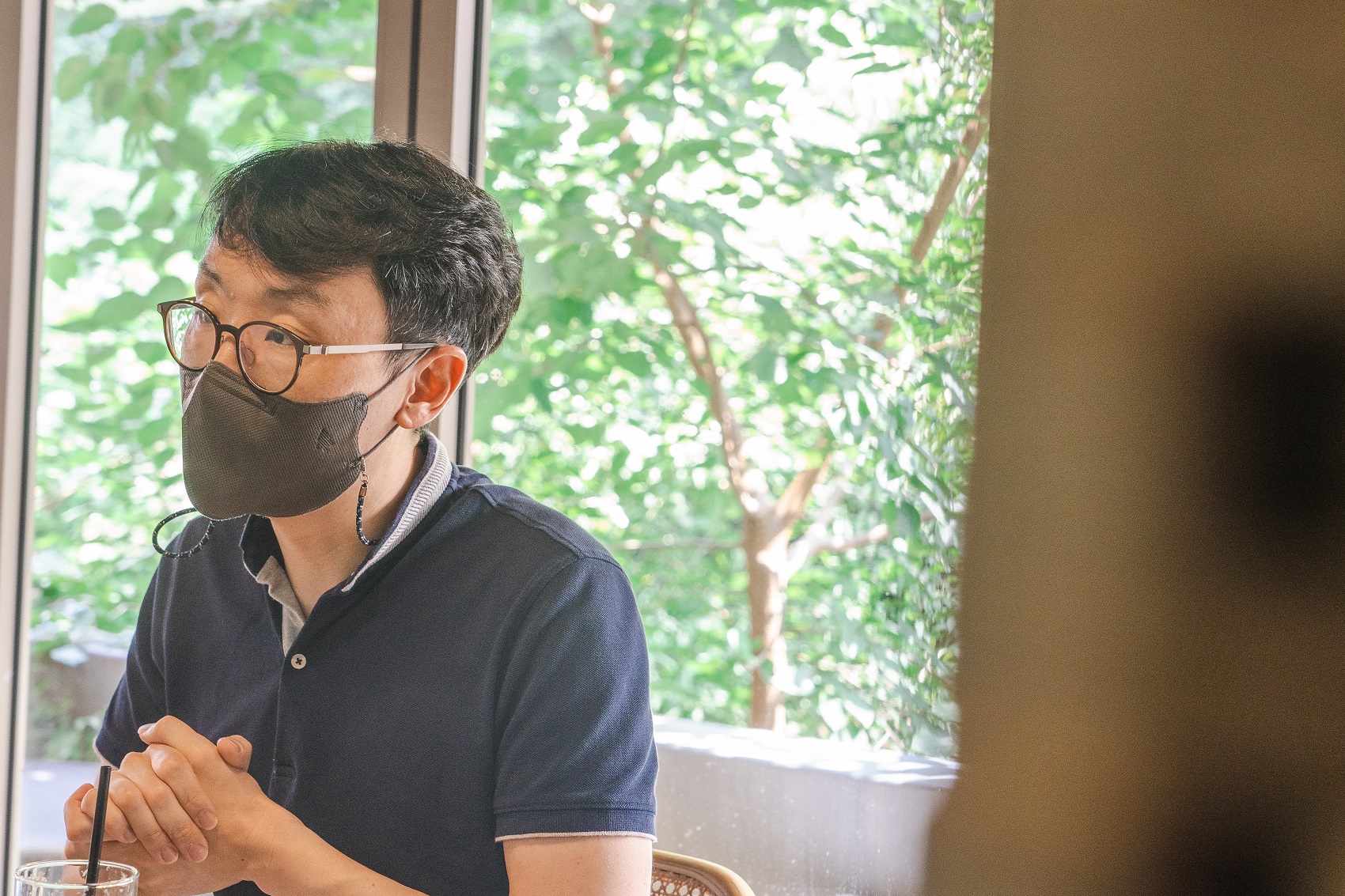
Q. The movie features the voices of many women, including activists who had a long-standing relationship with Kim Soon-ak and younger women in general, providing a diverse range of perspectives. What motivated you to use many women’s voices to tell her life story?
I pondered on how to make this issue relevant to the present day. I believe that keeping the narrative alive is crucial, so I incorporated the stories of the succeeding generation of women. As suggested by the title of her book, “‘Comfort Woman’ Kim Soon-ak: No One Knows My Heart,” it seems difficult for anyone to say that they fully understand or know what’s inside her heart. Nevertheless, I wanted to make an attempt to create empathy and connection. That’s why I added the voices of numerous women to the film.
The beginning and end of the movie showcase scenes in which all the individuals appearing in the film recite the various names of Kim Soon-ak. This signifies that while we call upon the woman of the past, who is the late Kim Soon-ak, present-day women contemplate, reflect on, and remember the many facets of her life.
Q. I remember the scene where female victims of sexual violence in their 20s and 30s living in Gyeongsang-do read out Kim Soon-ak’s testimonies. Did you have any difficulties trying to reach out to them?
I was cautious about directly contacting them, so I asked those who were involved in the #MeToo movement or various organizations in Daegu to introduce me to potential performers. I assumed it would be challenging to convince them to reveal their faces on camera, but fortunately, all three of them willingly agreed to participate.
Q. I heard there are varied interpretations among the audience and researchers regarding the recitation scene. Some people say that the scene evokes a sense of unity and solidarity among women from the past and present, while others criticize it for unifying the identity of sexual violence victims or exacerbating their trauma by disregarding the distinctiveness of victimization and its social context. I’d like to ask what your thoughts are on these opinions and what your intentions were in directing this scene.
There was a lot of concern about how to bring the issue of “Comfort Women” to the present day to communicate as a contemporary issue. Some people still seem to perceive the “Comfort Women” issue as a matter that only pertains to the past or affects those directly involved. They think of it as something irrelevant to us, showing an attitude like “We need to resolve the grudges of the victims.” To avoid forgetting about this issue and to keep reflecting on it, I believe it is crucial to examine its contemporary relevance. Therefore, I attempted to combine it with other issues and start a conversation.
Of course, I don’t think the damage caused by sexual assault and the trauma experienced by “Comfort Women” are identical. I agree that since the issue of the Japanese military “Comfort Women” is related to wartime sexual violence perpetrated by an imperialist nation during the colonial period, it has a unique nature that cannot be easily generalized. I also recognize the necessity for researchers to accurately identify the peculiarity of their experiences. However, taking a step further, don’t we need to consider how this issue is related and connected to our present-day lives? If we plan encounters with issues or victims with some commonalities, it may lead to new conversations and perspectives. In that regard, I think it is a novel approach worth trying.
Q. I heard that sexual violence victims also experienced comfort during the reading process. I wonder what kind of stories they shared.
I didn’t want them to participate in the movie merely as narrators or readers. So, I gave them the book and encouraged them to feel and get to know Kim Soon-ak and share their thoughts about her. I wanted them to read testimonies based on their interpretation of Kim Soon-ak whom they had indirectly met. To put it simply, I organized a meeting between victim-survivors of sexual violence and “Comfort Women.” Although I arranged the meeting, I was afraid and nervous about what the outcome would be. Fortunately, the participants who joined the project said that it was comforting. During the #MeToo movement, they were busy holding press conferences, attending trials and protesting, but after everything was over, they were mentally and physically exhausted and suffered from burnout. For that reason, they didn’t have time to calmly sort out what happened during the movement. However, as they appeared in the movie the following year, they had a chance to reflect on the meaning of their activities. Kim Soon-ak became a mirror for them. It was a relief to listen to them express their contentment in taking part in the movie and finding solace through it.
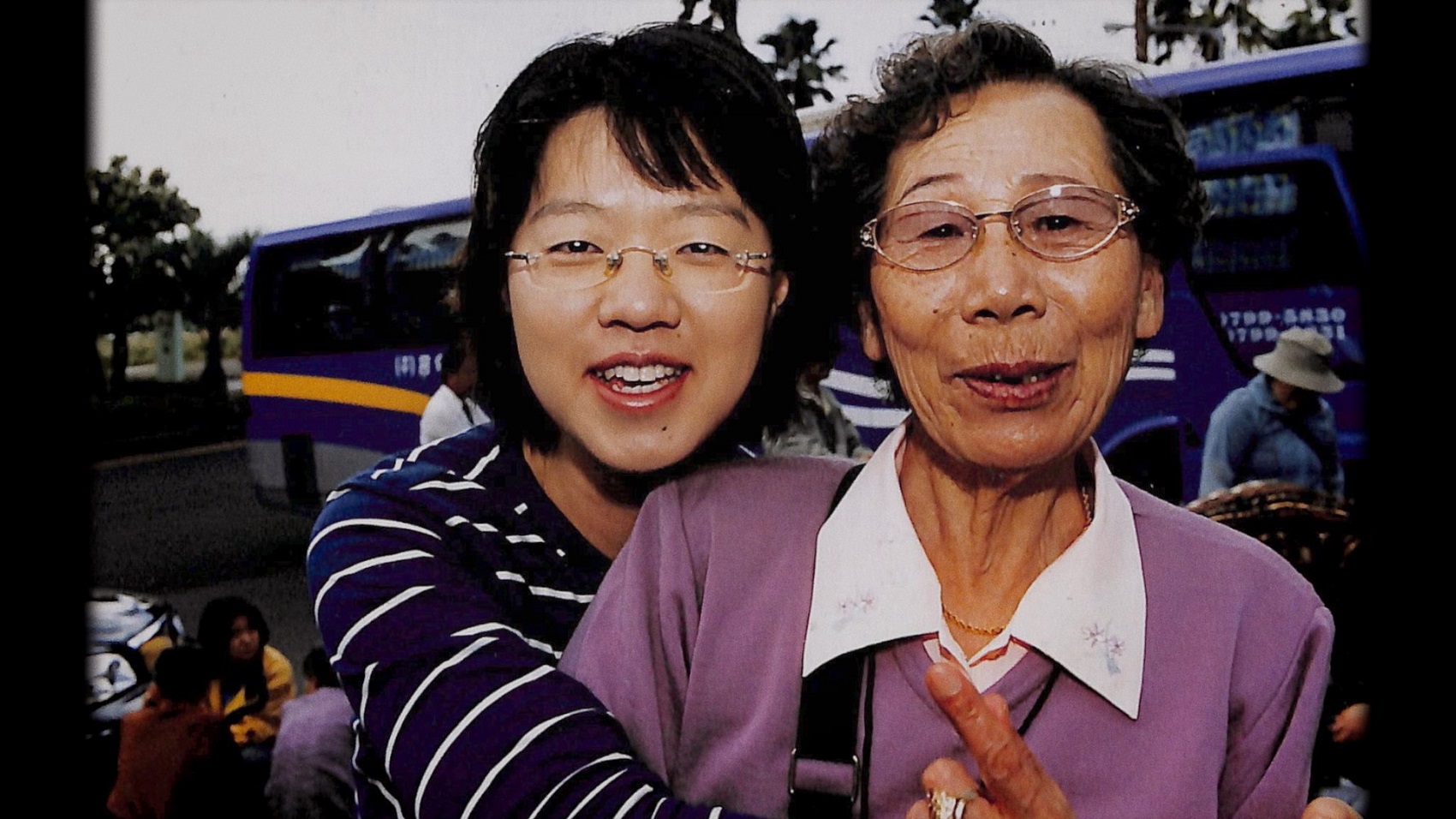
Q. What was the reaction from the activists?
They expressed gratitude for the production of the film, as it has been more than ten years since Kim Soon-ak passed away. It seems that the movie helped rekindle memories of her that had been forgotten, and they shared many of those memories with us. Some members of the cast are still activists, while others have moved on to other careers, but all of them were thankful for the opportunity to revisit this movement that they had been so passionate about in their youth.
Q. I suppose it would not be inappropriate to say that Kim Soon-ak’s “body” went through all of Korea’s tumultuous modern history, and it seems like there’s a tendency to inadvertently otherize when portraying such an existence. Were there any points where you tried to avoid such risks?
Some parts of the movie might be considered curious or sensationalistic because she experienced incidents that the average person would not encounter in a lifetime. So I endeavored to handle the parts with the utmost respect by avoiding excessive sensationalism, even when portraying her suicide attempts or experiences of sex trafficking. It is said that our movie is portrayed overall in a restrained and subdued tone. The reason I adopted this tone was to show proper decorum.
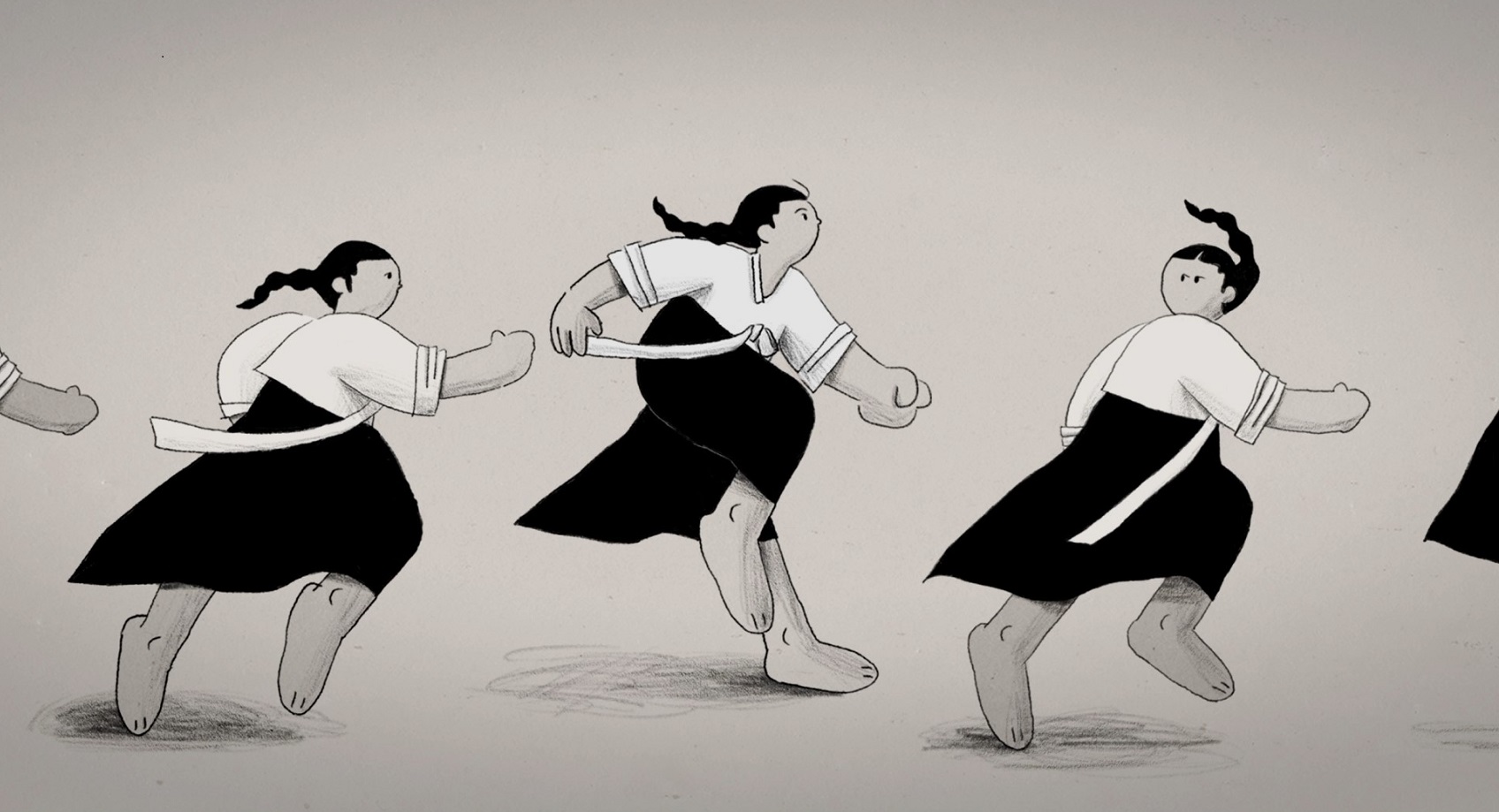
Q. Animation also seems to be an important element of the film. I’d like to hear what made you decide to incorporate animation into the movie and what the process of working with the animator was like.
In this movie, I purposely focused on creating various layers. I wanted to depict Kim Soon-ak in various ways, including reading testimonies, interviewing activists, and showcasing pressed flower works. That’s why I added animation as well. I gave the book to the animator LEE Jae Im first and let her feel who Kim Soon-ak was. The movie features diverse interpretations of Kim Soon-ak, which are portrayed through voices, drawings, and music by later generations of women. I hoped to include multiple versions of Kim Soon-ak in one movie.
In terms of the animation tone, I avoided using anything too provocative or graphic. Instead of replicating Kim Soon-ak, I preferred to build on the animator’s interpretation of the character. I like the current abstract and round style because the life Kim Soon-ak experienced was not unique to her but was an issue any woman of that time could have faced. Given the difficulties she faced in life, I hoped that even the art style would be warm and soft.
Q. What was the animator’s initial reaction when she received the job proposal?
I sent her a copy of the book and had time to talk with her. It appeared that she was also drawn to the charm of Kim Soon-ak. In fact, everyone who worked on this project seemed to be naturally pulled in like a magnet by the story of her life, rather than being cast by me. They must have felt some fascination with Kim Soon-ak as an individual and a desire to share her story, despite feeling some reluctance to take on the project.
Q. What is the most memorable reaction you’ve received since the movie was released?
While all the stories from people who empathized with the movie were great, one stood out in particular. During a guest visit (GV), we opened an online chat room for audience members to ask questions. Typically, most people leave the chat room once the GV is over, but on that day, one audience member left a message late at night. A #MeToo victim from the movie’s cast was present at the GV that day, and the audience member shared her feeling after watching the movie and listening to the cast member’s story during the GV. She expressed gratitude for the comfort she received from the movie and cast members, and also shared her own story of sexual abuse. When the cast member and I saw the message, we were all surprised. It made me realize that the film became a seed to spread and provided a space and opportunity for someone to share their stories. I came to appreciate the function and meaning of the film I had not thought of before. The cast member who attended the GV also expressed how glad she was to have been a part of it and how fulfilling it was to be able to contribute to someone else sharing their story.
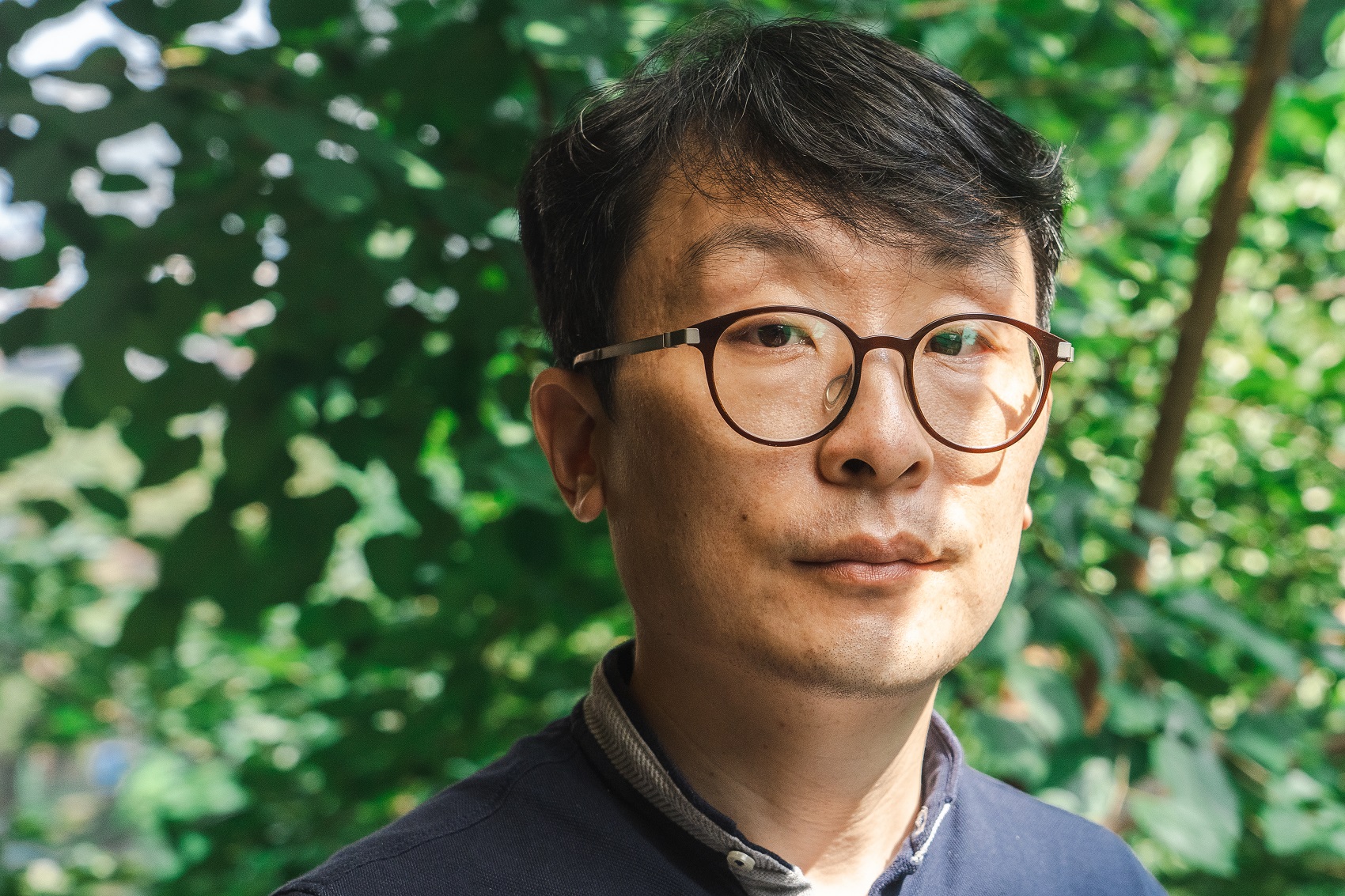
Q. People who research or create works about the Japanese military “Comfort Women” issue often express that they cannot help continuing to reflect on the matter. I believe we have a responsibility to understand, study, and document the “Comfort Women” issue. Do you have any advice for those who will continue to tell stories based on the “Comfort Women” issue in the future?
After striving to document the life of one person in my own way, I feel like there may be more work to come. While having focused on resolving the “Comfort Women” issue solely through political and diplomatic means, we may have failed to pay enough attention to the lives of the victims. As the lives of each victim are unique and have various values to be shared, it would be beneficial to undertake in-depth projects that closely examine their stories.
Q. If you receive another proposal, will you work on a new project?
Personally, I feel like I have already given my all to the project, so I wonder what else I could create. However, if a good opportunity arises or if it resonates with me, I will embark on another work. I had a wonderful encounter with Kim Soon-ak. If there’s a chance for another one, I may consider it, but not at this time (laughs).
Q. Did you ever speak to Kim Sun-ak in your heart while working on the film?
I often thought to myself, “She tried so hard and led a great life.”
Q. You have been exploring both “personal” and social issues through your documentaries. I’m curious to know what significance the film “Comfort” holds for you as a director.
I feel like I met a truly charming person, Kim Sun-ak, on a deep level through this film. To me, “Comfort” is a special gift or a letter for that profound connection.
Credit
Interviewer: Kang PurmInterviewer: Kang Purm
Interviewee: Director Emmanuel Moonchil Park
Photo: ONEULTODAY
Planning/Progress: Purplay Company
When: Friday, August 26, 2022
Location: emu Cinema, 7, Gyeonghuigung 1ga-gil, Jongno-gu, Seoul,
*This interview was conducted safely in accordance with the preventive measures and the rules of conduct to prevent the spread of COVID-19.
- Writer Purplay Kang Purm
-
Purplay Company is a social enterprise that operates “Purplay”(https://purplay.co.kr) a women’s film streaming service, and is conducting various projects to realize the mission of spreading the values of gender equality through cultural content.